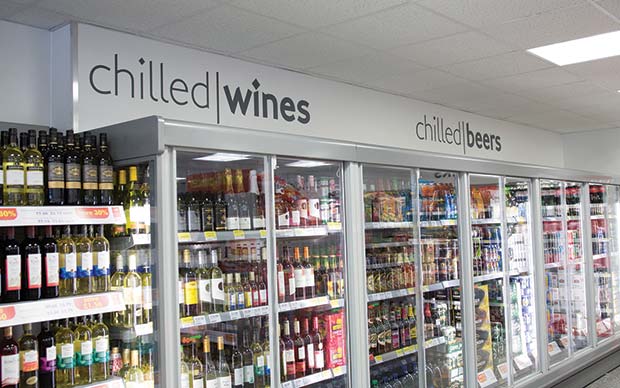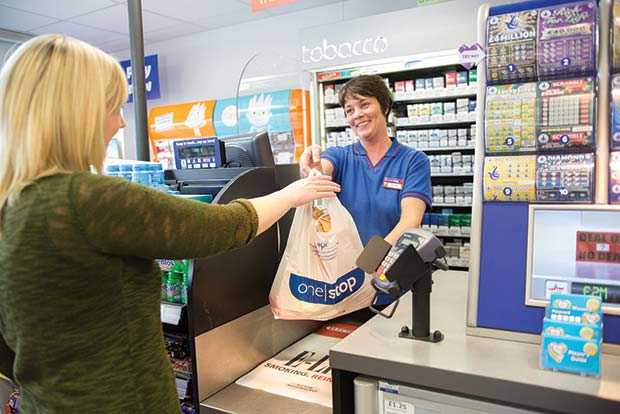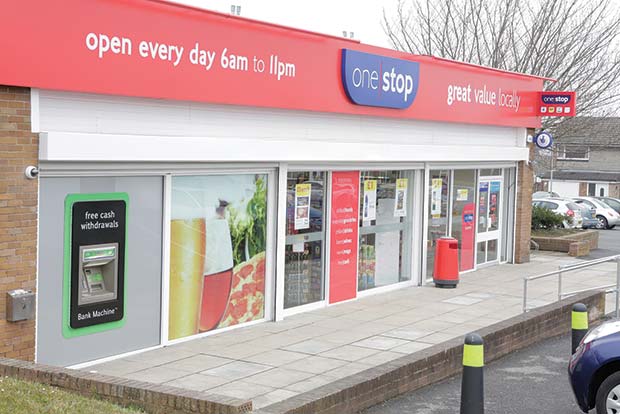As the UK starts to emerge from recession and the online shopping boom continues at speed, grocery retailers are now looking at ways they can take advantage of these growth opportunities. Kevin Boake, Managing Director at Barloworld Supply Chain Software (BWSCS), looks at the supply chain challenges that grocery traders face and how technology can help provide a clearer view of the path for growth.

The UK grocery retailing sector is going through a seismic shift and the market remains highly competitive meaning that there will inevitably be winners and losers. My view is quite simple – I believe that companies need to ensure that they have the right data to enable them to make the best informed decisions.
Perhaps the biggest opportunity out there is the online grocery market with the Institute of Grocery Distribution forecasting growth of up by 124% over the next five years. This year’s buzz phrase is omni-channel and for grocery retailers it is not simply just about adding a home delivery element to your offering, as customers are demanding more and more choice such as in store click and collect, collection points to suit them such as railway stations, school and convenience stores. Whilst the market research suggests that this is the way forward it does not take into account the operational and commercial issues.
As well as having to adapt in a bid to ride the e-commerce wave, grocery retailers are still having to attract the everyday shopper who is still operating with caution, determined to get as much for their money as possible. In order to attract customers, grocery retailers, convenience stores to leading supermarket chains are offering a wide-range of promotions, like the buy-one-get-one-free deals.
This, however, also comes with its own risk. There is a fine balance that has to be achieved, with the end result being the difference between making or losing money. If a store over-orders, it is met with large waste, as well as returns or storage costs. In addition, under-ordering can result in lost sales and revenue.
Therefore, for grocery retailers, it is crucial to have a demand, inventory and supply planning solution to help drive efficiencies and support low-cost operating and distribution models. Solutions are on the market to help retailers provide customers with good value products and regular promotions.
A business that has recently invested in such a solution is One Stop, a retail chain of over 700 convenience stores who employ more than 10,000 staff nationwide. The company is headquartered in Brownhills in the West Midlands and has just opened its third distribution centre as part of its future growth plans.

Following a full review of the market, One Stop chose to implement software from BWSCS with its latest version of OPTIMIZA, its advanced demand, inventory and supply planning software application. This will enable One Stop to enhance its existing practices substantially by improving Distribution Centre and Store stock replenishment and improving the inventory mix and product availability to customers in stores by using advanced forecasting techniques. Management and tracking of regular promotional forecasts will also be a key element. The OPTIMIZA installation is due to be completed at One Stop by the end of June 2014.
Geoff Flegg, the Head of Ambient Supply Chain at One Stop, explains: “We selected Barloworld’s OPTIMIZA after considering a variety of potential solutions. Barloworld worked closely with us and successfully demonstrated that their latest development of this package not only offers advanced functionality as standard but can also be highly customised to the unique needs of our business. This, coupled with an excellent reputation for customer support seen elsewhere, was a key element in our decision.”
In fact the OPTIMIZA solution is unrivalled in its ability to address the key challenges within this sector such as how to optimise stock and minimise redeployment costs. It also helps provide greater flexibility with promotions management and reduces the amount of out of date food and overall waste for many of our clients by between 30-40%.
Another upcoming issue for the grocery industry is how retailers deal with the change in consumer behavior towards buying little and often from smaller, local outlets to avoid waste and enjoy more fresh produce. The key challenge here is ensuring that the product ranges are tightly targeted for each region particularly when a matter of just a few miles can greatly affect the profile of the customer base.
Once again it all comes down to getting the right information so that you can feel confident in the business decisions you make. At Barloworld, our OPTIMIZA Demand Planner Software is designed to allow an organisation to build and maintain an accurate demand forecast within their business. The demand management tool is designed to give demand planners an early and accurate view of future sales plans, booked orders and demand forecasts, allowing rapid and effective decision-making. Companies can typically expect a 15-20% improvement in forecast accuracy. In addition, research has shown that this typically results in: 15% less inventory on average, a 17% improvement in perfect order performance and a 35% shorter cash-to-cash cycle.
At the heart of all these challenges and opportunities is the supply chain and the key is understanding it. So it is important for retailers to be pro-active and to look for ways how they can manage their networks as effectively as possible. Software like CAST Aurora from Barloworld Supply Chain Software (BWSCS) can assist in the optimisation of the supply chain, improving the efficiency of a company’s logistical operations.

CAST Aurora is a powerful supply chain planning software application used for global supply chain network modelling, strategic network design and supply chain optimisation. It is used worldwide by retail companies to evaluate and identify different supply chain strategies, leading to supply chain cost savings and service improvements. Clients typically achieve a 10-15% saving on their supply chain costs through the application of supply chain network optimisation.”
In conclusion there is definite need for grocery retailers to think outside of the box in a bid to adapt to this changing environment and maximise the very real opportunities that are out there. At the end of the day ‘Knowledge is Power’ and investing in the right technology solution can provide you with powerful data that can make the difference between success and failure.





Comments are closed.